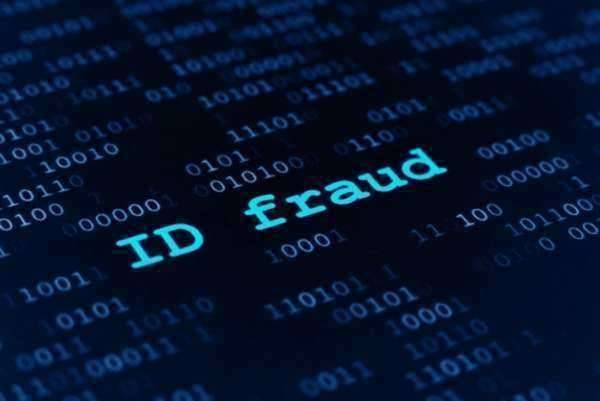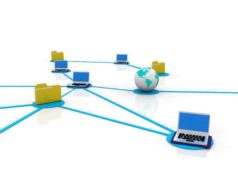
What is Identity Theft?
Identity Theft is definedcriminal act of fraudulentlyobtaining the personal information belonging to another individual, and subsequently assuming that person’sidentity without the expressed consent – this type of fraudulent representation can be facilitated in order to achieve a variety of outcomes.
Typically, an individual committing identity theft will utilize deceptive means in order to gain access to the personal and private information belonging to another individual; this can be done through wire fraud or the illegal entry into an individual’s personal records – once this information is obtained, the individual committing identity theft will typically pose as that individual, unlawfully acting in that person’s place in order to achieve economic gain.
Types of Identity Theft
Although the criminal means of Identity Theft can vary in nature and setting, a vast array of negative outcome – in the form of damage, theft, and loss – exist; due to the expansiveness of Identity Theft, the severity of the crime is oftentimes corollary to the severity of the latent consequence(s) – loss sustained as a result of Identity Theft can range from the misappropriation of monies to the unlawful attainment of documentation.
Identity Theft and Cyber Law
Many consider the most common form of Identity Theft to be facilitated through the useof virtual networks. In many cases, virtual networks – akin to a large majority of electronic communicative devices – reside within the jurisdiction of Cyber Law; additional means of electronic identity theft can include information technology networks, telecommunications, and the Internet:
o Online Identity theft can result in the illegal attainment of stolen property and goods acquired through an online commercial marketplace; this is also known as E-Commerce (electronic commerce).
o Purchase orders can be placed by individuals in possession of unlawful personal and financial information, while the victim will discover charges incurred for products and goods delivered elsewhere; in order to reduce the risk of capture, individuals well-versed in Identity Theft will request that the goods be shipped to anonymous, remote locations.
o The attainment of passwords
Identity Theft and Immigration Law
The facilitation of Identity Theft as a means to unlawfully attain illegal – albeit official – documentation is not uncommon. In lieu of engaging in the legal procedure of the adjustment of individual immigration status, criminal operations have taken to the illegal attainment of personal information under the ownership of a victim in order to submit fraudulent documentation. As a result, official – and oftentimes governmental – documentation can be acquired in such deceptive means; in a majority of cases, the victims will be unaware as to document and form requests unlawfully conducted in their name:
o Through the use of stolen – or immigration documentation attained by illicit means – individuals can fraudulently assume the identity of others in order to claim immigration status, adjust employment status, and gain access to unlawful financial accounts
o Stolen – or fraudulently attained immigration documentation – can pose a security threat, as well; without reputable identification, tabs and records cannot be adequately kept with regard to individuals leaving and entering the United States
Identity Theft Explained: Understanding the Risks and Prevention Measures
Identity theft is a serious crime in which someone obtains personal information about an individual and uses it for fraudulent purposes. Identity theft can have severe consequences, including financial loss, damage to credit, and loss of reputation. This article will explore the definition of identity theft, its types, and prevention measures.
What is Identity Theft?
Identity theft is the act of obtaining personal information about an individual, such as their name, address, social security number, or financial information, without their consent. Once the information is obtained, the thief will use the information to make purchases, obtain credit or loans, or commit other fraudulent acts.
Types of Identity Theft
1. Financial Identity Theft: Financial identity theft occurs when a thief uses someone’s financial information, such as a credit card number, to make purchases or withdraw money from accounts.
2. Driver’s License Identity Theft: Driver’s license identity theft involves a thief using someone’s driver’s license or identification card to commit identity fraud by opening a bank account, leasing a car, or carrying out other activities.
3. Medical Identity Theft: Medical identity theft is when a thief uses someone’s healthcare information to receive medical treatments or services.
4. Criminal Identity Theft: Criminal identity theft involves a thief using someone’s identity when they commit a crime, leaving the victim with potential legal consequences.
Prevention Measures
1. Monitor Financial Accounts: Regularly reviewing bank and credit card statements can help identify any unauthorized transactions.
2. Protect Personal Information: Be cautious when sharing personal information and use secure passwords when creating accounts.
3. Shred Documents: Shred or destroy any documents that contain personal information such as bank statements, receipts, and credit card statements before throwing them away.
4. Use Anti-Virus Software: Anti-virus software can help prevent hackers from stealing personal information from your computer.
5. Check Credit Reports: Regularly checking credit reports can help identify any errors or unauthorized activity.
6. Beware of Scams: Be wary of unsolicited emails or phone calls requesting personal information and verify the legitimacy of any requests.
Conclusion
Identity theft is a serious crime that can have severe consequences for victims. Financial, driver’s license, medical, and criminal identity theft are the four main types of identity theft. Identity theft prevention measures include monitoring financial accounts, protecting personal information, shredding documents, using anti-virus software, checking credit reports, and being cautious of scams. By taking steps to protect personal information and being aware of the risks of identity theft, individuals can reduce the risk of falling victim to identity theft and its consequences.



























